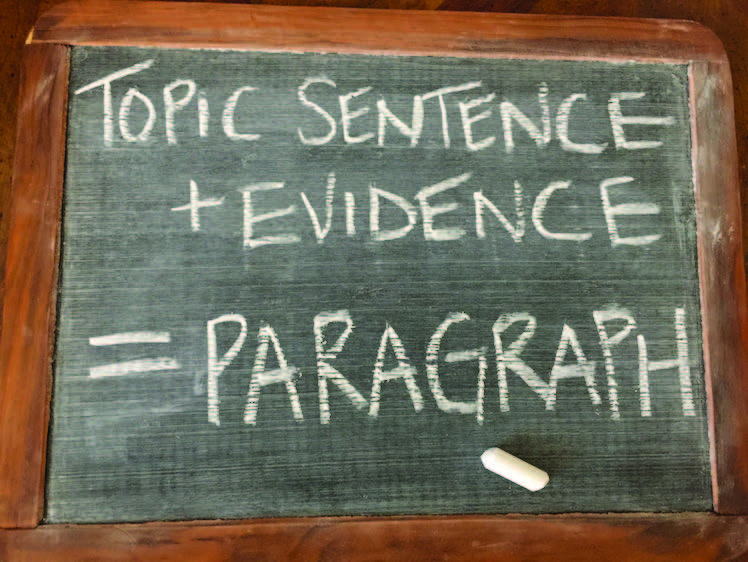PART II. THE PARAGRAPH EQUATION
- Page ID
- 52344

Once you are able to recognize the mathematical pattern of the basic sentence, it is time to move up to the next linguistic equation: the paragraph. I recently opened a new writing class by asking students how many sentences comprise a paragraph. The answers came with as much confidence as they were varied: 3 to 5, 4 to 6, 6 to 8. Students looked at one another with surprise as they waited for me to validate the answer they were taught, but the truth is simple. An effective paragraph must have at least 2 sentences: (1) an effective topic sentence that states the purpose of the paragraph, and (2) clear and specific evidence to support that purpose. The choice between a single sentence providing evidence or multiple sentences providing evidence depends entirely on the writer’s purpose and audience. When we complicate the simple math with preferences like 4, 6, or 8, we muddle the simplicity of basic linguistic structure. Equation #2: a topic sentence + evidence = a paragraph.

